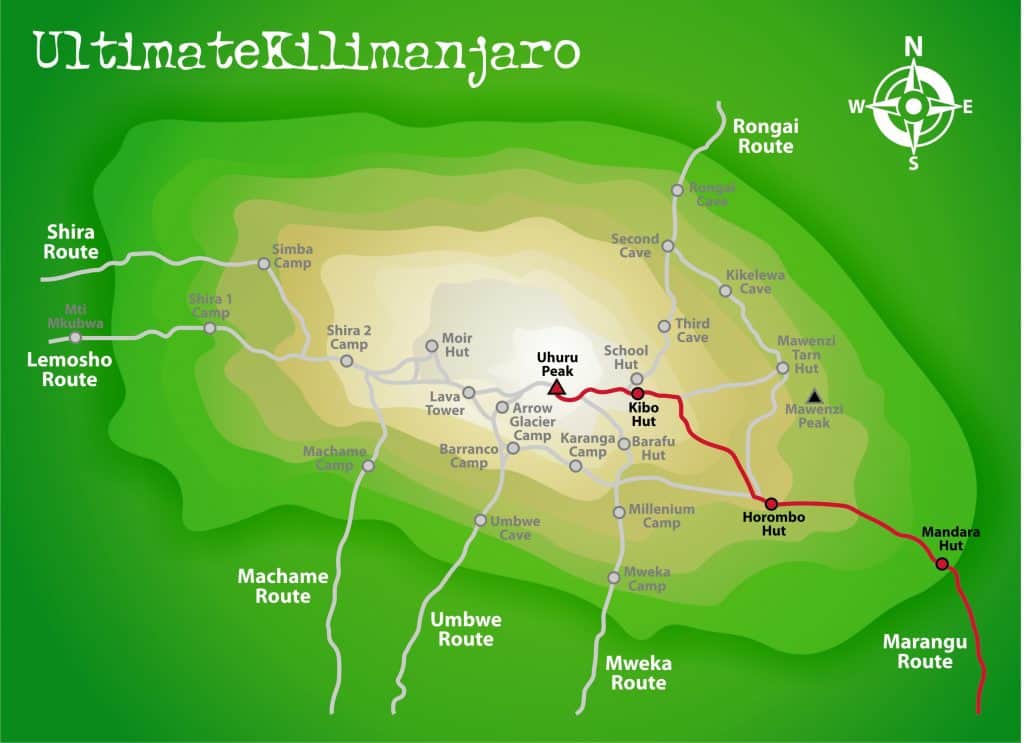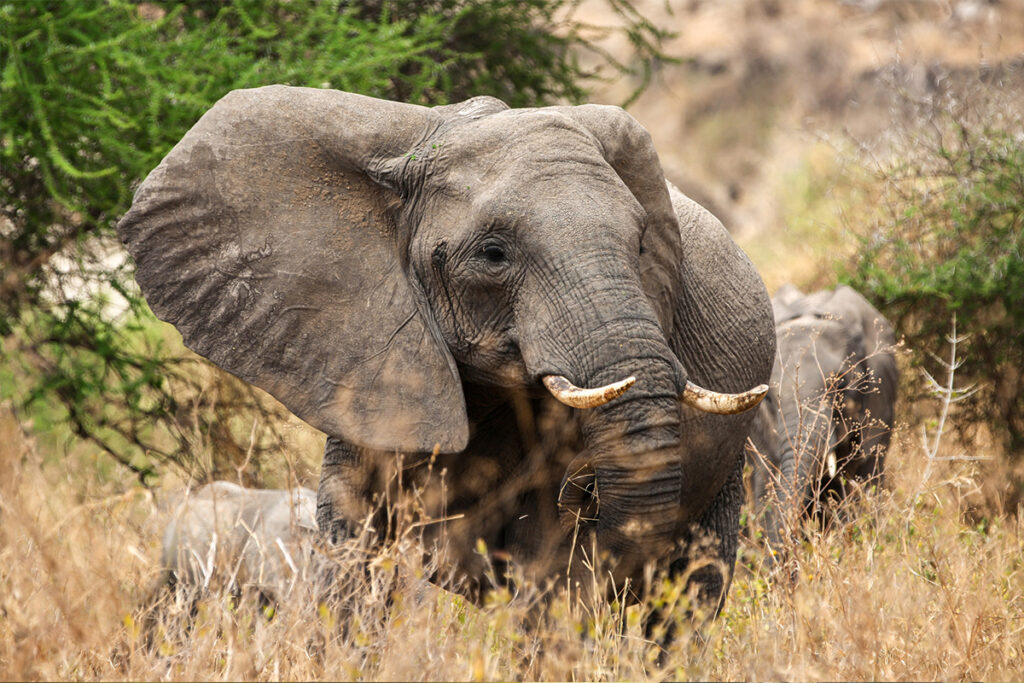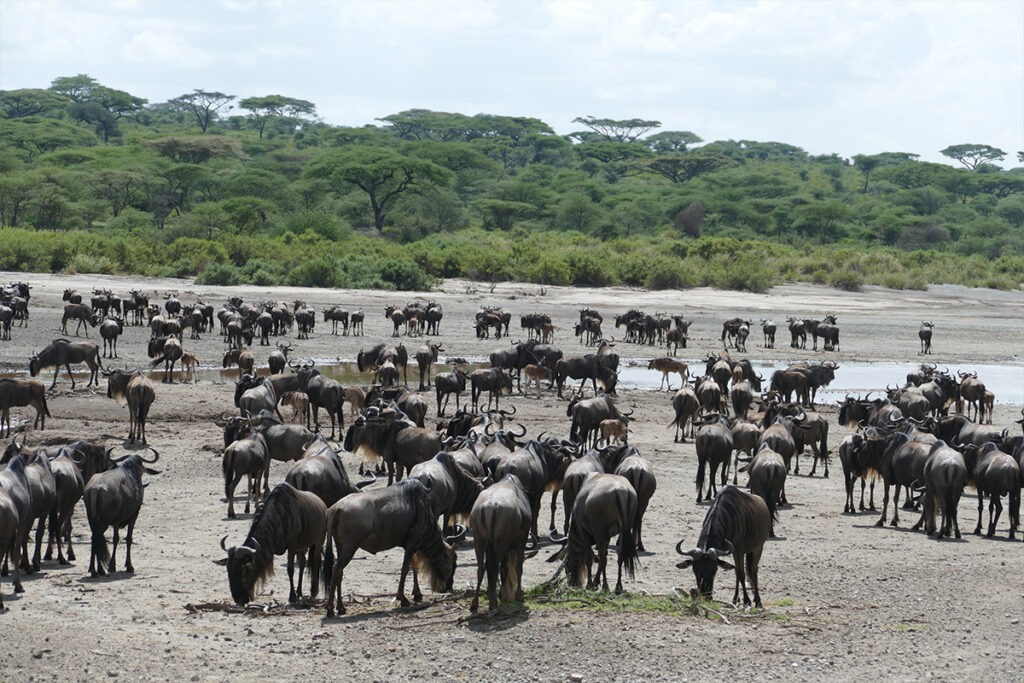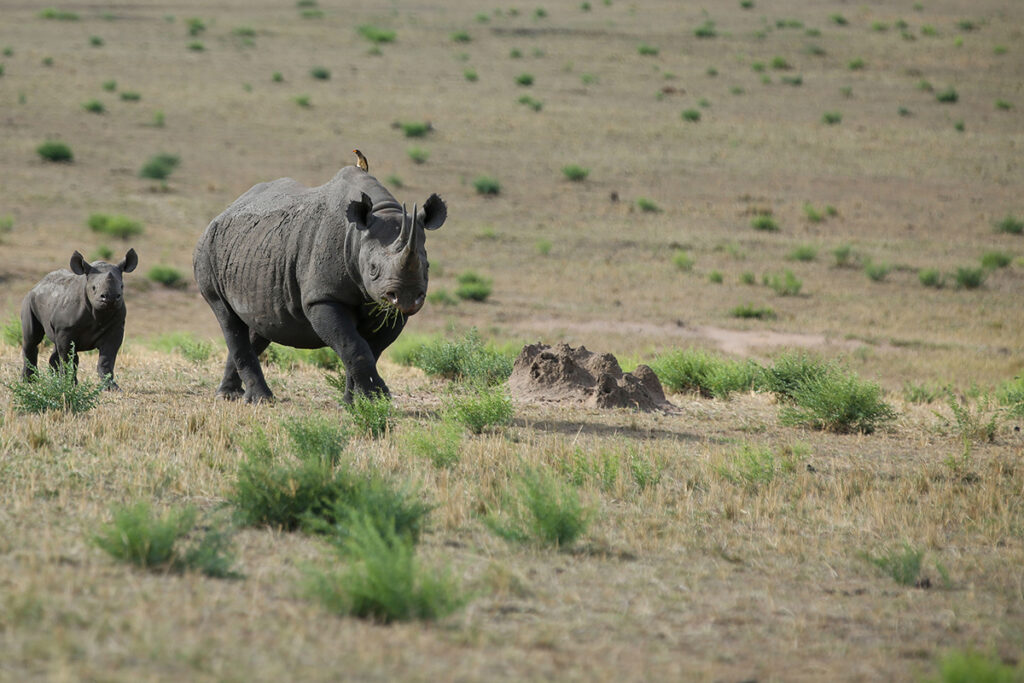Climbing Kilimanjaro is regarded as a formidable challenge, yet the Marangu Route presents an intriguing exception. Dubbed the “Coca-Cola Route,” it offers climbers the remarkable chance to ascend with relative ease compared to other paths. Its appeal lies not only in the less demanding terrain but also in the mystique of this iconic trek.
Originating from Marangu village, this route is one of the oldest and most established pathways to the summit. It was the first route used by Europeans over a century ago, highlighting its historical significance. What sets it apart is the availability of hut accommodations at each stage, providing an approachable option for those daunted by camping logistics. The Marangu Route successfully blends history and practicality, making it a preferred choice for many climbers.

Marangu Route: The Easiest Way to Climb Kilimanjaro
The Marangu Route, often called the “Coca-Cola Route,” is renowned for its accessibility. This nickname comes from the route’s hut accommodations, which offer climbers a more comfortable rest compared to tents. As one of the oldest trails on Mount Kilimanjaro, it’s a favorite for beginners. Many appreciate its well-maintained path and established facilities. However, it’s also the shortest route to the summit, which can mean a faster ascent and less time to acclimatize.
The journey along the Marangu Route takes climbers through five different climate zones. Starting from lush rainforest, you eventually reach the arctic summit. Each day brings a new environment, making the trek varied and exciting. This continual change in scenery helps in keeping climbers engaged throughout their journey. Additionally, the route is well-marked and less technical, appealing to those looking for a straightforward climb.
One of the standout features of the Marangu Route is the availability of hut accommodations at each overnight stop. These huts provide dormitory-style lodging, communal dining, and basic amenities. For many climbers, this reduces the burden of carrying heavy camping gear. The huts also offer better protection from the cold and wet conditions common at higher altitudes. This setup is particularly beneficial during the rainy season.
The climbing season for the Marangu Route generally spans from June to October and December to February. These months offer better weather conditions, increasing the chances of a successful summit. The route is often busy during these peak times, so booking in advance is essential. Despite its relative ease, the Marangu Route still poses challenges due to altitude and weather changes. Proper preparation and acclimatization are key to a safe and enjoyable climb.
CLIMBING KILIMANJARO how to SUMMIT AND SUCCEED |📍Marangu Route
Key Features of the Marangu Route
The Marangu Route stands out for its unique hut accommodations. These huts, unlike tents, provide dormitory-style sleeping arrangements. Each stop has dining areas where climbers can enjoy meals together. This setup not only enhances safety from harsh weather but also fosters camaraderie among trekkers. It’s ideal for those seeking shelter over the camping experience.
Another highlight of the Marangu Route is its panoramic diversity. Trekkers move from dense rainforest zones to sprawling alpine meadows. Each ecosystem offers unique wildlife and plant species. These changes make each day distinct and engaging. Photographers and nature enthusiasts find endless opportunities here.
This route is the only one on Mount Kilimanjaro that provides a direct ascent and descent on the same path. This allows climbers to familiarize themselves with the terrain, reducing the chances of getting lost. It’s frequently patrolled by guides who ensure climbers’ safety. This familiarity can be comforting for novices on their first mountain adventure. It’s a straightforward way for newcomers to build confidence.
Accessibility to the Marangu Route starts in Moshi, a town known for its hospitality and welcoming locals. Many climbers enjoy exploring Moshi before setting out on their trek. The town is rich with culture and offers several amenities for travelers. Climbing permits and gear rentals are conveniently available here. Moshi sets a perfect backdrop, making preparation easier for everyone.
Advantages of Choosing Marangu for Your Climb
Choosing the Marangu Route offers significant benefits for first-time climbers. One of the primary attractions is the hut accommodations available along the trail. This feature reduces the need for carrying camping gear, making it easier for climbers. Additionally, the dormitory huts provide more protection from rain and cold. This comfort can greatly enhance the overall trekking experience.
The Marangu Route is also known for its well-maintained trail. Many climbers appreciate the clear paths and established signposts guiding their way. This makes navigation simpler and enhances safety on the mountain. The route is considered less technical than others, appealing to those with limited hiking experience. This accessibility encourages more people to take on Kilimanjaro’s challenge.
This route offers a relatively shorter itinerary compared to other Kilimanjaro climbs. This makes it suitable for those with tight schedules. Typically, the Marangu trek can be completed in 5 to 6 days. The shorter duration helps in minimizing time away from home or work. It provides a remarkable adventure within a limited timeframe.
Marangu is often referred to as the “tourist route,” not just because of the huts, but also due to its scenic beauty. The landscapes transition smoothly from lush green rainforests to alpine deserts. Every turn presents an opportunity for stunning photographs, enriching the experience. Because of this, many consider it ideal for those interested in both climbing and sightseeing. The route combines adventure with breathtaking views.
Essential Preparation Tips for the Marangu Route
Before embarking on the Marangu Route, it’s critical to get a health checkup. Ensuring you are physically fit to handle high altitudes is important. This preparation reduces risks of altitude sickness. Regular exercise like cardio workouts can benefit your heart and lungs for the climb. Maintaining a healthy diet and staying hydrated is also essential.
Packing smart is crucial for a successful trek. Essential items should include appropriate clothing, such as warm layers and waterproof gear. Comfortable hiking boots are a must for the varied terrain. A checklist of gear is useful to ensure nothing is forgotten. Lightweight snacks and energy bars will be useful for keeping your energy up during long hikes.
Acclimatization is another key aspect of preparation. While the Marangu Route is shorter, it’s important to allow time for your body to adjust to changing altitudes. Some climbers choose to spend an extra day at Horombo Hut to help their body adapt. Ensuring proper acclimatization is vital for a safe journey. This step can make a big difference in your overall experience.
Choosing a reliable guide or tour company can ease the planning process. Guides offer valuable advice and support throughout the trek. They are skilled in managing emergencies and can enrich the climb with regional knowledge. Checking reviews and comparing options will help you pick a suitable guide. Surrounding yourself with capable professionals enhances the climb.
Familiarize yourself with the daily itinerary of the Marangu Route. Understanding the path and its daily challenges helps in setting expectations. Each day varies in distance and difficulty, so knowing this in advance aids mental preparation. Discussing the journey with past climbers can provide insights. This knowledge empowers you to better tackle the adventure.
Finally, ensure you have all the necessary permits before starting the climb. Permits are typically arranged through tour companies or local offices in Moshi. Having documentation in order avoids delays or issues on the day of departure. It’s smart to keep a copy of your permit with you at all times. Being organized with paperwork ensures a smoother trek.
Typical Itinerary and What to Expect Daily
The Marangu Route typically begins at the Marangu Gate. Here, you enter the rainforest and steadily climb to Mandara Hut. This stretch covers around 8 kilometers and takes approximately 4 hours. The lush environment is rich with wildlife, and it’s a great spot for birdwatchers. Evening rest at Mandara sets a positive tone for the days ahead.
On the second day, the journey continues to Horombo Hut, covering around 12 kilometers. As you move higher, the landscape transitions from dense forests to moorlands. You’ll notice how the air becomes crisper and cooler. The hike can take 5 to 6 hours, so pacing yourself is key. Horombo serves as a base for acclimatization, allowing an extra day for many climbers.
The third day is focused on resting at Horombo Hut to help your body adjust to the altitude. Some climbers opt to hike to Zebra Rocks, an iconic feature in the area. This optional walk helps with acclimatization without exerting too much energy. It’s a chance to relax and enjoy the panoramic views. Shared mealtimes provide a wonderful opportunity to exchange stories with fellow climbers.
Day four involves the trek to Kibo Hut, which sits in the alpine desert zone. The path covers 10 kilometers and takes about 6 hours to reach. The terrain becomes rocky and arid, with vast open spaces. You’ll pass through barren landscapes, with the summit looming in sight. Kibo Hut is the final stop before tackling the peak.
Summit day begins in the early hours to ascent Uhuru Peak. The climb is steep, and determination is crucial here. Reaching the top rewards you with breathtaking views and a satisfying sense of achievement. After some celebration, you’ll descend to Horombo Hut, marking a long but thrilling day. The descent brings a mix of fatigue and joy.
The final day involves a return trek to Marangu Gate, retracing your steps through the different terrains. It is a 20-kilometer hike that typically takes 6 to 7 hours. The sense of accomplishment grows as you approach the exit. A certificate awaits, celebrating your successful climb of Mount Kilimanjaro. Reaching back to civilization feels rewarding and surreal.
Historical Significance of the Marangu Route
The Marangu Route has a rich history as the oldest established trail on Mount Kilimanjaro. Early explorers used this path to conquer Africa’s highest peak. It became the main route for many climbers due to its accessibility. The path showcases the determination and perseverance of those first adventurers. Today, it symbolizes the spirit of exploration and discovery.
Originally, local Chagga people guided the early climbing expeditions. Their knowledge of the mountain’s geography was invaluable. These guides played a crucial role in mapping out safe paths and ensuring climbers’ success. The collaboration between locals and explorers laid the foundation for the Marangu Route. It continues to be celebrated in the local community today.
Throughout the years, the route has maintained its reputation for ease and safety. Its development and maintenance have advanced greatly over time. In the past, climbers had no choice but to brave the elements without modern amenities. Today, furnished huts and marked trails contribute to its popularity. This transformation reflects how traditions have adjusted to cater to modern needs.
The Marangu Route’s history fosters a connection between climbers and the mountain. Climbing this path offers a sense of walking in the footsteps of those who came before. It’s a journey through time, from early exploration to present-day adventure. This unique blend of history and natural beauty draws people from around the globe. The experience allows climbers to be part of Kilimanjaro’s storied past.
Key Takeaways
- The Marangu Route is known as the easiest path to Kilimanjaro.
- Hut accommodations offer comfort and protection from harsh weather.
- The trail is well-maintained, making it ideal for beginners.
- Acclimatization days are essential despite the route’s shorter duration.
- Starting in Moshi provides easy access and preparation facilities.




